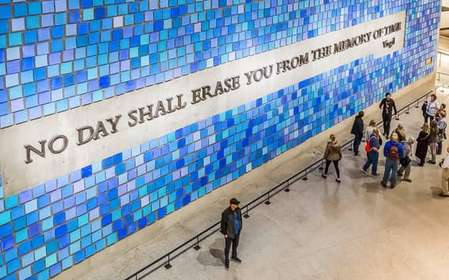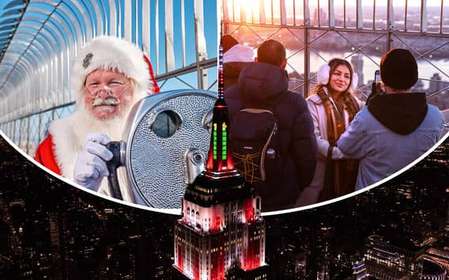- Home
- Useful Tips
- Visiting the Museum of Natural...
Navigating the American Museum of Natural History with toddlers can overwhelm even seasoned parents. Over 60% of caregivers report cutting visits short due to meltdowns in crowded halls, while 78% waste precious vacation time circling for stroller access. The museum's 1.5 million square feet of exhibits – while awe-inspiring – present unique challenges for little legs and short attention spans. Between navigating congested dinosaur halls and finding diaper-changing stations, what should be a magical first encounter with science often becomes a test of parental endurance. Local families know the secret isn't skipping the museum altogether, but rather unlocking its hidden toddler-friendly rhythms and spaces most visitors never discover.


Avoiding the Dinosaur Hall Crowds with Little Ones
The iconic dinosaur exhibits draw the biggest crowds, creating overwhelming noise and congestion for toddlers. Instead of starting on the fourth floor like most visitors, seasoned parents head to the quieter Ocean Life Hall on the first floor. The suspended blue whale captivates young children without sensory overload, while the lower level's Discovery Room offers hands-on activities scaled for small hands. Time your visit for weekdays after 2pm when school groups depart, or Sunday mornings when member families enjoy early access. If dinosaurs are a must-see, the lesser-known Hall of Ornithischian Dinosaurs on the fourth floor's northeast corner typically has more space for strollers.
Essential Stroller Strategies for Stress-Free Navigation
With limited elevator access and 25 interconnected buildings, stroller navigation can make or break your visit. The museum's least congested entrance is the 81st Street access point, where you'll find wider corridors leading directly to family amenities. Download the museum map beforehand to identify the six key elevator locations - the central one near the Theodore Roosevelt Rotunda often has the longest waits. Compact umbrella strollers maneuver best through fossil displays, though the museum does provide complimentary strollers at the 77th Street entrance. For nursing or overwhelmed toddlers, the third-floor Primates Hall has secluded benches away from main thoroughfares.
Turning Short Attention Spans into Learning Moments
Toddlers engage differently with exhibits than older children, and forcing a comprehensive tour often backfires. Focus on three 'anchor stops' like the Hall of Planets (with its dramatic meteorites), the African Mammals dioramas (perfect for animal sounds), and the interactive Biodiversity Wall. The museum's mobile app features a special 'Tots Trail' audio guide with 10-minute storytelling segments about friendly creatures. When energy wanes, the Butterfly Conservatory's quiet warmth (open seasonally) or the rooftop garden provide sensory resets. Many families don't realize the museum offers 'Explorer Backpacks' with toddler-friendly magnifying glasses and activity cards at the Discovery Desk.
Saving Money on Repeat Visits with Local Secrets
While general admission appears pay-what-you-wish, special exhibits and the planetarium require fixed-price tickets that add up quickly. New York residents can access the museum's 'Neighbors Membership' program, offering 50% discounts for local families. The often-overlooked 'Night at the Museum' sleepover program accepts children as young as 6, but insider tip: their cancellation list frequently has last-minute toddler-friendly openings. For budget-conscious visitors, Wednesday afternoons feature free planetarium shows for under-5s, and the museum's cafeteria allows outside food if you pack toddler favorites. Consider visiting during February's 'Cool Culture' week when dozens of NYC museums offer completely free family access.



